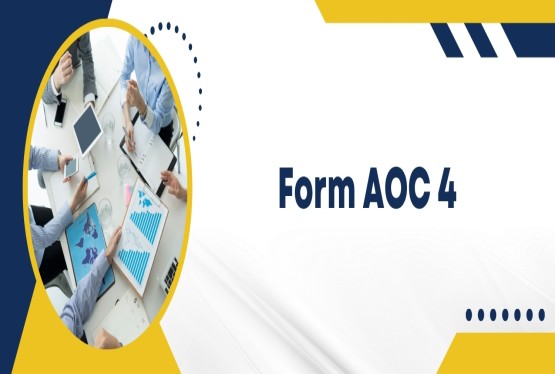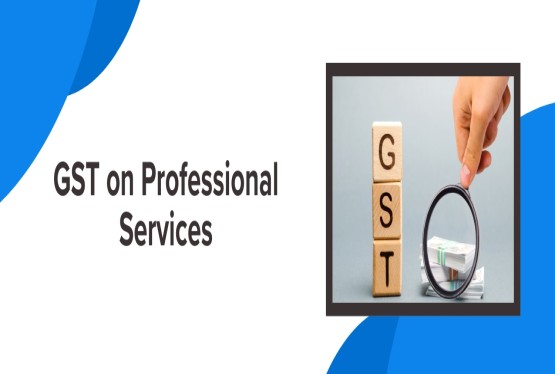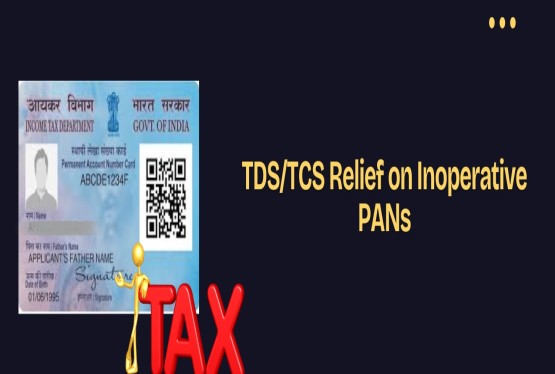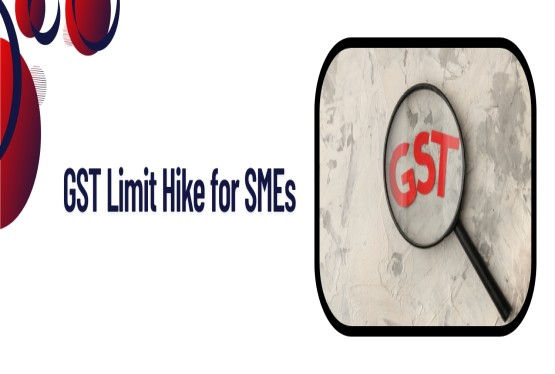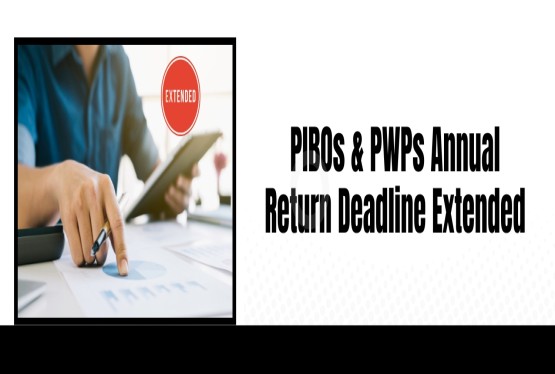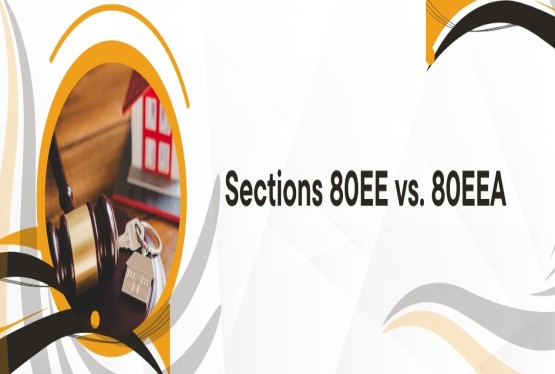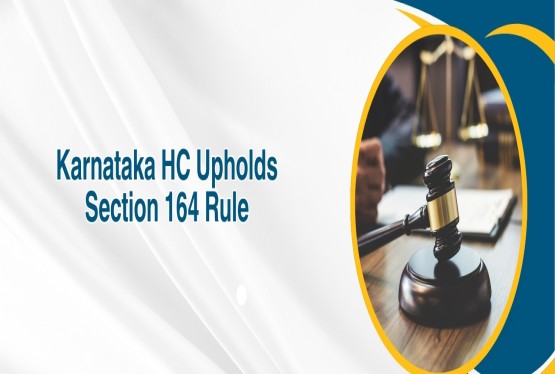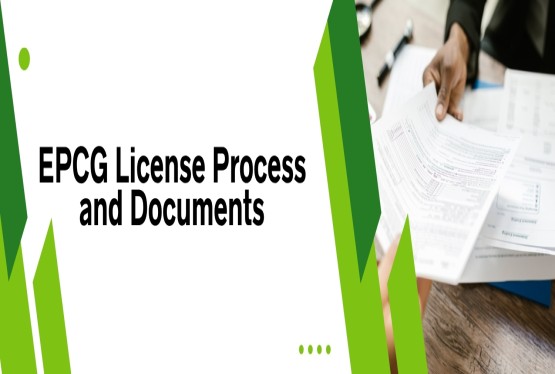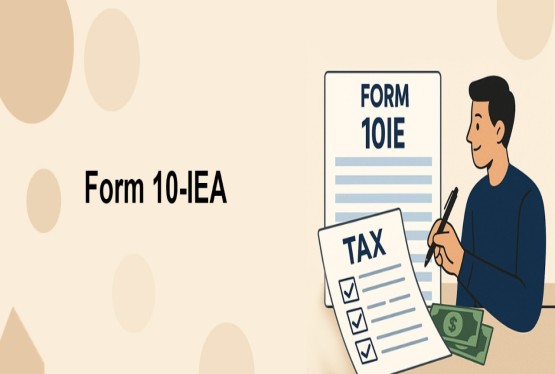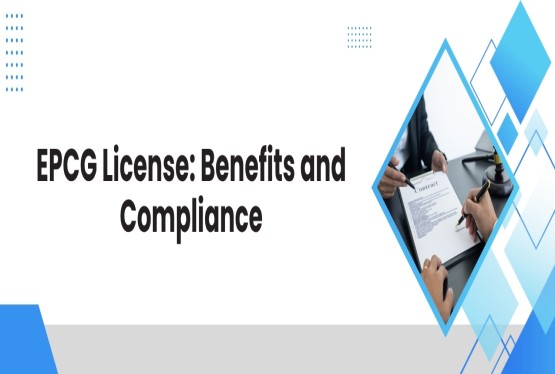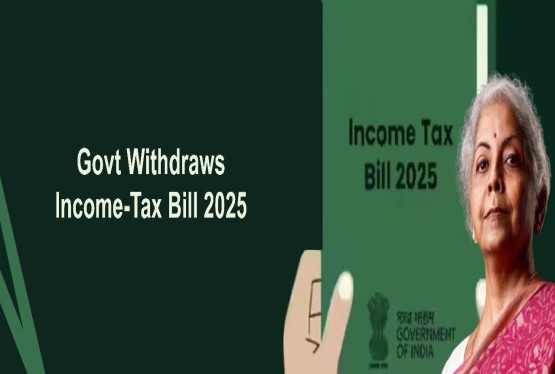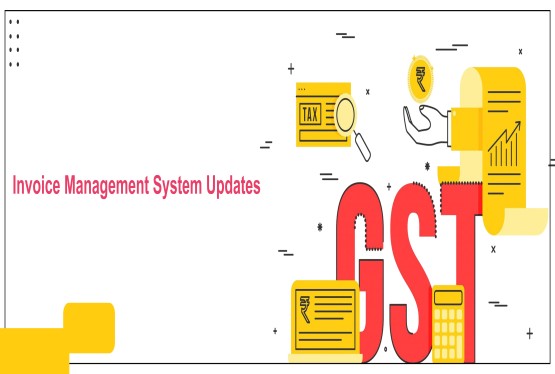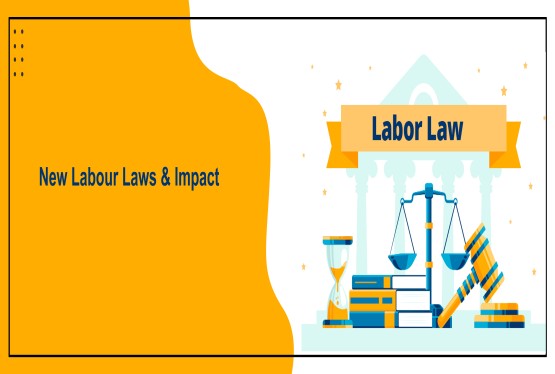Form 3CD plays an important role in the tax audit process in India as mandated under Section 44AB of the Income-tax Act, 1961. For taxpayers and businesses that cross certain turnover thresholds, filing Form 3CD is a statutory compliance requirement. This form provides the income tax department with detailed information about the financial affairs and compliance status of the assessee.
What is Form 3CD?
Form 3CD is a statement of particulars that must be filed by a Chartered Accountant after auditing the financial accounts of a business or professional entity. It is submitted along with Form 3CA or 3CB, depending on whether the assessee is already subject to audit under any other law. Form 3CD contains 44 clauses divided into two parts:
-
Part A: Includes basic details of the assessee like PAN, status, nature of business, etc.
-
Part B: Involves detailed information on compliance, deductions, loans, TDS/TCS, and various financial transactions.
Applicability of Tax Audit and Form 3CD
Form 3CD is required to be filed if the assessee is covered under Section 44AB. This includes:
-
Business Entities: If turnover exceeds Rs. 1 crore. However, for businesses where at least 95% of transactions are digital, the limit is Rs. 10 crore.
-
Professionals: If gross receipts exceed Rs. 50 lakhs.
-
Presumptive Taxation Opt-Out: If the assessee opts out of the presumptive taxation scheme and income exceeds the basic exemption limit.
Even in cases of business loss or declaring lower profits under presumptive schemes, tax audit may become applicable.
Tax Audit Forms - Types
-
Form 3CA: Used when the assessee is already audited under another law.
-
Form 3CB: Used when the audit is being done under the Income-tax Act only.
-
Form 3CD: Provides detailed particulars of the financial and compliance data.
Clause-Wise Explanation of Form 3CD
The following are the tax audit clauses:
Clauses 1 to 8: Basic Assessee Details
These clauses capture fundamental data such as the name, address, PAN, and the previous and assessment years. Clause 4 asks whether the assessee is liable to pay indirect taxes and seeks registration numbers like GST or excise.
Clause 9: Details of Partners and Members
In case of a firm or AOP, this clause requires the name and profit-sharing ratios of partners or members. Any changes during the year must also be disclosed.
Clause 10: Nature of Business
Here, the auditor reports the business or profession of the assessee. If there are multiple activities, each must be mentioned separately. Any changes in the nature of the business are also to be recorded.
Clause 11: Books of Account
This clause seeks details on prescribed books of accounts under Section 44AA, the books actually maintained, and their location. It also asks the auditor to mention books examined during the audit.
Clause 12: Presumptive Taxation Reporting
If the assessee includes profits from presumptive schemes like 44AD, 44AE, etc., this clause requires separate disclosure of such income.
Clause 13: Accounting Method and ICDS Adjustments
The method of accounting (cash or mercantile) used should be stated. If there's any change from the previous year, its impact must be disclosed. This clause also includes disclosures under the Income Computation and Disclosure Standards (ICDS).
Clause 14: Valuation of Closing Stock
The method of valuation (e.g., cost or market value) must be specified, and any deviation from Section 145A with its impact on profit must be reported.
Clause 15: Conversion of Capital Asset to Stock-in-Trade
If a capital asset is converted to stock-in-trade, details like description, acquisition cost, date, and conversion value must be provided.
Clause 16: Income Not Credited to P&L Account
This includes income like duty drawbacks, refunds, escalation claims, and capital receipts not credited to the P&L account but deemed taxable.
Clause 17: Under-Valued Property Transfer
If land/building was sold for less than stamp duty value, details like consideration received and the deemed value under Sections 43CA or 50C must be given.
Clause 18: Depreciation Schedule
Details of assets or block of assets with cost, date of acquisition, rate, depreciation allowed, and WDV at year-end are recorded here.
Clause 19: Deductions under Specific Sections
Amendment: Sections 32AC, 32AD, 35AC, and 35CCB have been omitted for simplified reporting. Earlier, these covered deductions for investment in plant and machinery, backward area investments, welfare project contributions, and agro-research.
Clause 20: Bonus, Commission, and Employee Contributions
Details of bonus or commission paid and employees’ contribution to funds like PF, ESIC must be disclosed here.
Clause 21: Disallowances and Personal Expenses
New Disclosure Requirement: Now includes reporting of legal or regulatory settlements and penalties. Also includes inadmissible expenses like:
-
Capital or personal expenses
-
Payments disallowed under Section 40
-
Interest disallowed under Section 36(1)(iii)
Clause 22: MSME Payments
Expanded reporting under MSMED Act, 2006, including:
-
Amounts payable to MSMEs
-
Interest not allowed under Section 23
-
Details of timely and delayed payments
Clause 23: Payments to Related Parties
Under Section 40A(2)(b), expenses paid to relatives or specified persons must be declared if deemed excessive.
Clause 24 to 26: Deemed Income and 43B Deductions
Clause 24 reports profits deemed taxable due to violation of deduction conditions. Clause 25 reports taxability under Section 41, like recovery of bad debts. Clause 26 lists payments like taxes and duties allowed only upon actual payment.
Clause 27: CENVAT Credit and Prior Period Items
Details of input tax credits availed and utilization, along with any income or expenses relating to previous periods, must be reported.
Clause 28 and 29: Omitted Clauses
These previously covered TDS non-compliance and disallowed payments to partners, but have now been removed.
Clause 30: Hundis
Any loans on hundis not repaid through banking channels must be disclosed here, as they attract disallowance under Section 69D.
Clause 30A, 30B, 30C: Transfer Pricing and Anti-Avoidance
These clauses cover primary adjustments under Section 92CE, thin capitalization under Section 94B, and impermissible avoidance arrangements under Section 96.
Clause 31: Loans, Deposits, and Cash Transactions
Significant Update: New dropdown and coding introduced to classify transactions like:
-
Cash receipts/payments
-
Asset transfers
-
Journal entries
Also covers non-compliance with Sections 269SS, 269ST, and 269T for large cash transactions.
Clause 32: Losses and Shareholding Changes
Covers:
-
Brought forward losses
-
Speculation and specified business losses
-
Shareholding changes under Section 79 impacting loss carry forward
Clause 33: Deductions under Chapter VI-A & Section 10AA
Details of eligible deductions like Section 80C, 80G, 80JJAA, 10A, and 10AA must be disclosed.
Clause 34: TDS/TCS Compliance
Reports whether the assessee deducted tax, filed statements (Form 26Q, 27Q), and paid interest under Section 201(1A) or 206C(7).
Clause 35: Stock and Trading Details
Quantitative details of raw materials, goods traded, finished products, by-products including opening and closing stock, purchases, sales, and shortages are required.
Clause 36: Dividend Distribution Tax (DDT)
DDT (Dividend Distribution Tax) requires details of distributed profits, amounts reduced under Section 115-O, and tax paid.
Clause 36A & 36B: Deemed Dividend & Buyback of Shares
New Clause 36B mandates reporting of share buyback transactions under Section 2(22)(f), including cost and amount received.
Clause 37 to 39: Other Regulatory Audits
Captures details of cost audit, excise audit, or service tax valuation audit and any disagreements or disqualifications noted.
Clause 40: Turnover and Profitability Ratios
Reports comparative data of turnover, gross/net profit ratios, stock turnover, and material consumption.
Clause 41: Other Tax Demands or Refunds
Covers any tax orders passed under laws other than the Income-tax Act or Wealth-tax Act.
Clause 42: Reporting Forms under Section 285BA
Covers compliance with Statement of Financial Transactions (SFT) Forms 61, 61A, and 61B for high-value transactions.
Clause 43: Country-by-Country Reporting (CbCR)
Relates to international groups and their obligation to furnish CbCR reports under Section 286.
Clause 44: GST-Related Expenditure
Discloses a break-up of total expenditure in terms of payments made to registered and unregistered entities under GST, and for exempt supplies.
New Clause 44BBC: Income from Sports & Broadcasting
This newly inserted clause requires reporting of income from telecasting or broadcasting rights under Section 44BBC. Entities involved in media or sports broadcasting need to ensure compliance.
Recent Amendments and Effective Date
The changes to Form 3CD were introduced via Income-tax (Eighth Amendment) Rules, 2025 through Notification No. 23/2025 dated March 28, 2025. These changes are effective from April 1, 2025.
Key Takeaways
-
New Clause 44BBC introduced for sports and broadcasting income.
-
MSME Payment Reporting enhanced under Clause 22.
-
Clause 21 updated for legal settlement expense disclosures.
-
Loan/Deposit Clause 31 revamped with dropdowns and transaction codes.
-
Clause 36B added for buyback transactions.
-
Clauses 19, 28, and 29 removed for simplifying reporting.
Conclusion
Form 3CD is an important tool for the income tax department to assess the financial transparency and compliance of taxpayers. The newly introduced changes aim to improve reporting efficiency and align tax audits with evolving regulatory frameworks. Businesses must now adapt to these changes and ensure accurate and timely reporting to avoid penalties.
If you find the tax audit process and Form 3CD clauses overwhelming, Compliance Calendar LLP can help. Their team of expert Chartered Accountants is equipped to handle tax audit assignments with accuracy and efficiency. Connect with Compliance Calendar LLP for reliable tax audit support and compliance advisory.
Email: info@ccoffice.in
Call/Whatsapp: +91 9988424211
FAQs
Q1. What is Form 3CD under the Income-tax Act, 1961?
Ans. Form 3CD is a statement of particulars required to be filed by a Chartered Accountant conducting a tax audit under Section 44AB of the Income-tax Act, 1961. It contains 44 clauses that provide detailed financial and compliance information about the assessee, including data on income, deductions, TDS, statutory payments, and other regulatory matters.
Q2. Who is required to file Form 3CD?
Ans. Any business entity with turnover exceeding Rs.1 crore (or Rs.10 crore if 95% of transactions are digital) and professionals with gross receipts above Rs.50 lakh are required to undergo tax audit and file Form 3CD. It is also mandatory for those opting out of presumptive taxation schemes or reporting business losses under certain conditions.
Q3. What is the difference between Form 3CA/3CB and Form 3CD?
Ans. Form 3CA or 3CB is the audit report signed by the auditor. Form 3CA is used if the assessee is already audited under another law (like Companies Act), and Form 3CB is used if there’s no other audit law applicable. Form 3CD is the detailed annexure that accompanies either of these forms and lists specific financial and tax compliance particulars.
Q4. What are the recent changes introduced in Form 3CD from April 1, 2025?
Ans. The Central Board of Direct Taxes (CBDT) has made key amendments including introduction of Clause 44BBC (income from broadcasting and sports events), deletion of certain outdated deduction clauses like 32AC and 35AC, updated MSME payment disclosures, enhanced reporting for loan/deposit transactions, and introduction of Clause 36B for share buybacks.
Q5. What is Clause 44BBC in Form 3CD?
Ans. Clause 44BBC, introduced in 2025, requires reporting of income from broadcasting, telecasting, or rights associated with sports events. It applies to taxpayers earning under Section 44BBC and ensures full disclosure of such incomes in the tax audit report.
Q6. Is reporting under GST also covered in Form 3CD?
Ans. Yes. Clause 44 of Form 3CD requires a break-up of total expenditure into GST-registered and unregistered vendors, composition dealers, and expenditure on exempt or non-GST goods/services. This helps in cross-verification of GST and income tax data.
Q7. What happens if incorrect or incomplete details are submitted in Form 3CD?
Ans. Incorrect or incomplete reporting in Form 3CD can lead to penalties under Section 271B and may trigger scrutiny by the income tax department. It is essential to file accurate data to avoid legal or compliance consequences.
Q8. Who can file Form 3CD and by when should it be submitted?
Ans. Form 3CD must be filed by a Chartered Accountant conducting the audit. It should be submitted electronically before the due date for filing the income tax return, which is generally 30th September of the assessment year (or 31st October for international transactions).








_crop10_thumb.jpg)




































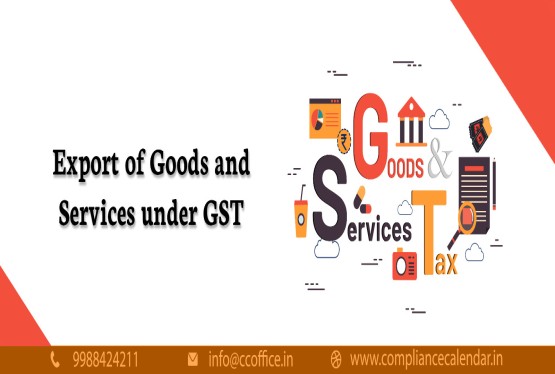













































_for_FY_2025-26_crop10_thumb.jpg)



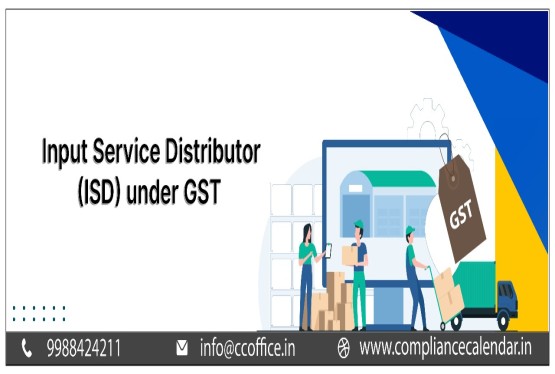








_learn_crop10_thumb.jpg)








_Filing_Due_Dates_for_FY_2024-25_learn_crop10_thumb.jpeg)
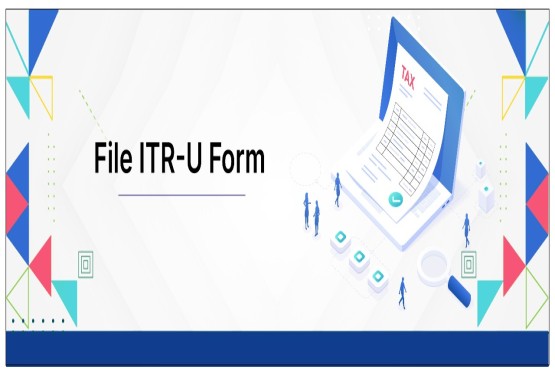
























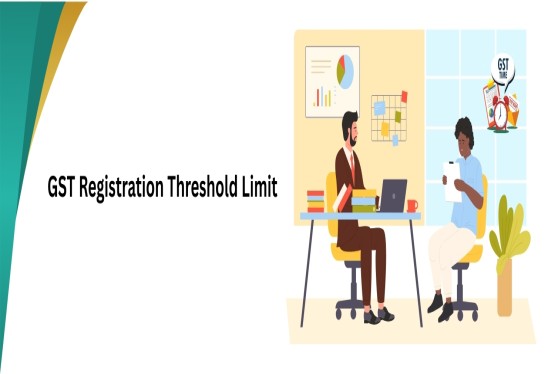
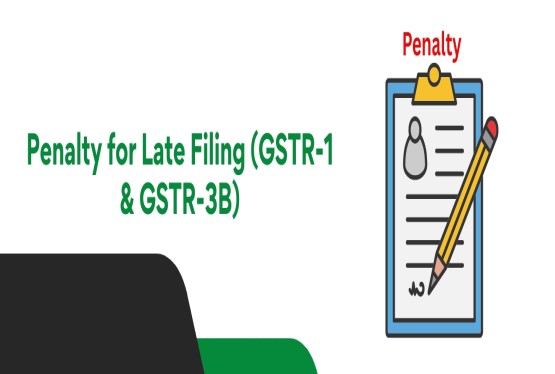












_of_GST_Act_learn_crop10_thumb.jpg)










_Under_GST_learn_crop10_thumb.jpg)









_crop10_thumb.jpg)


_crop10_thumb.jpg)






_learn_crop10_thumb.jpg)





















_of_the_Income_Tax_Act_learn_crop10_thumb.jpg)



_learn_crop10_thumb.jpg)






_learn_crop10_thumb.jpg)






_crop10_thumb.jpg)




















_in_The_Income_Tax_Act,_1961_learn_crop10_thumb.jpg)



_learn_crop10_thumb.jpg)



_of_the_Income_Tax_Act_learn_crop10_thumb.jpg)

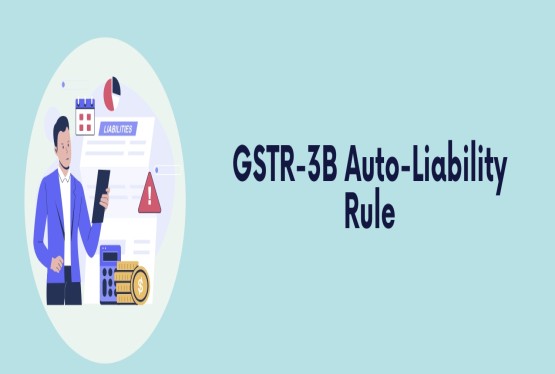
_Of_Income_Tax_Act_learn_crop10_thumb.jpg)








_learn_crop10_thumb.jpg)








_learn_crop10_thumb.jpg)
_crop10_thumb.jpg)

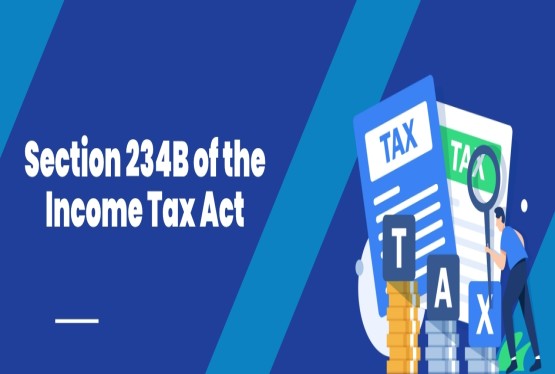




















_learn_crop10_thumb.jpg)
_for_Import_and_Export_learn_crop10_thumb.jpg)









